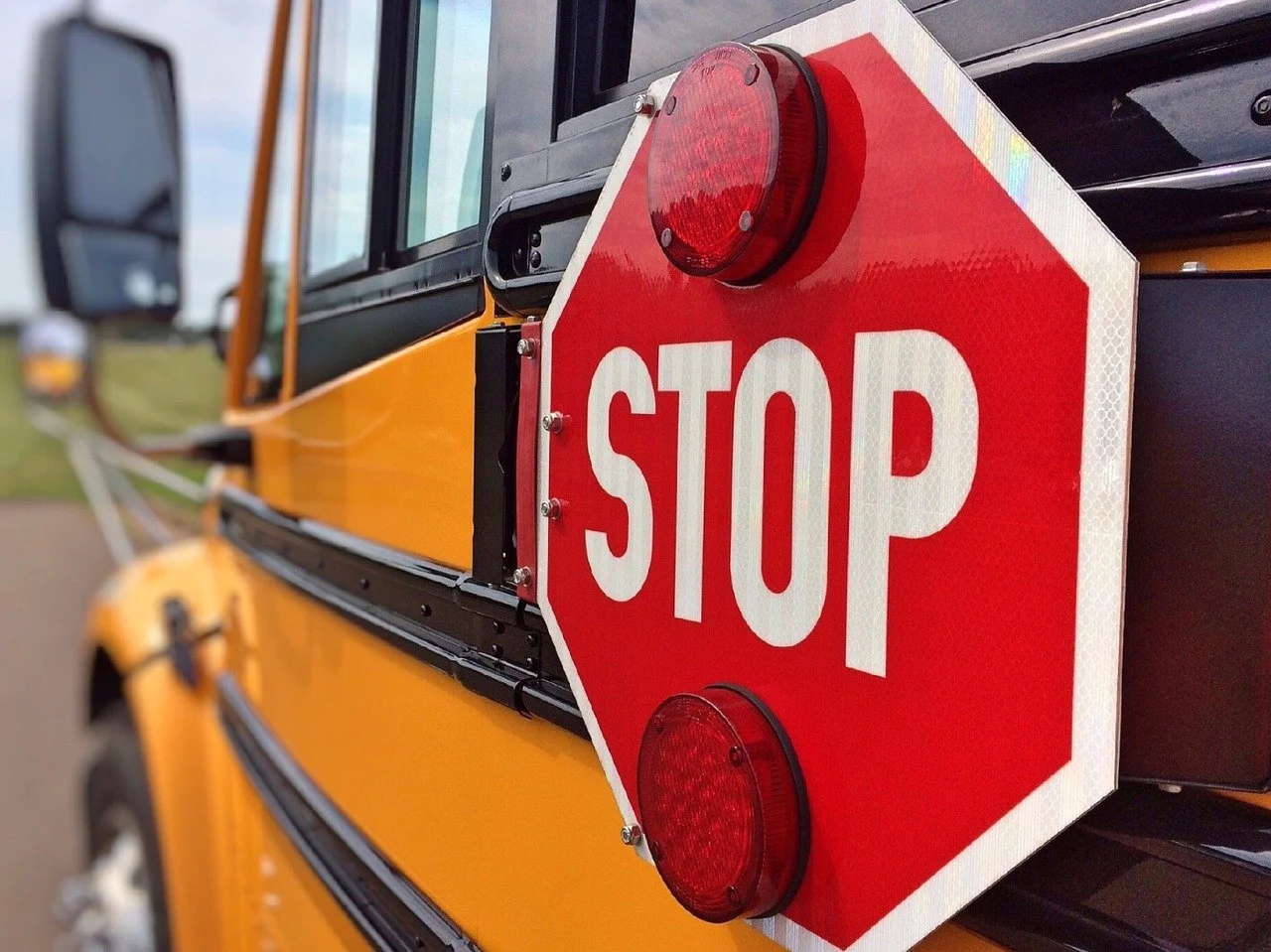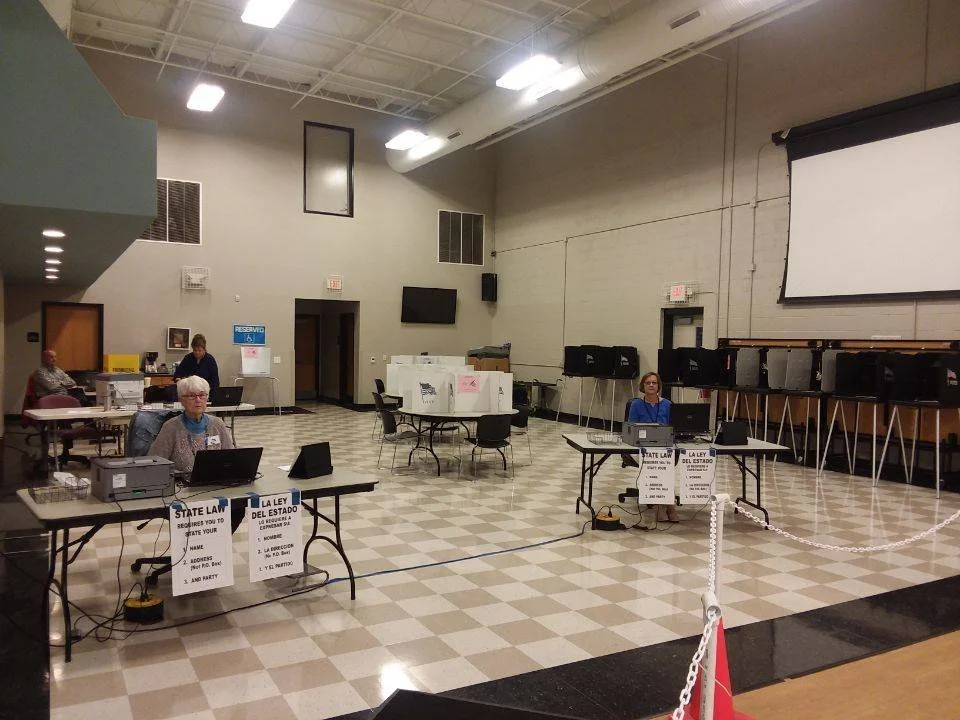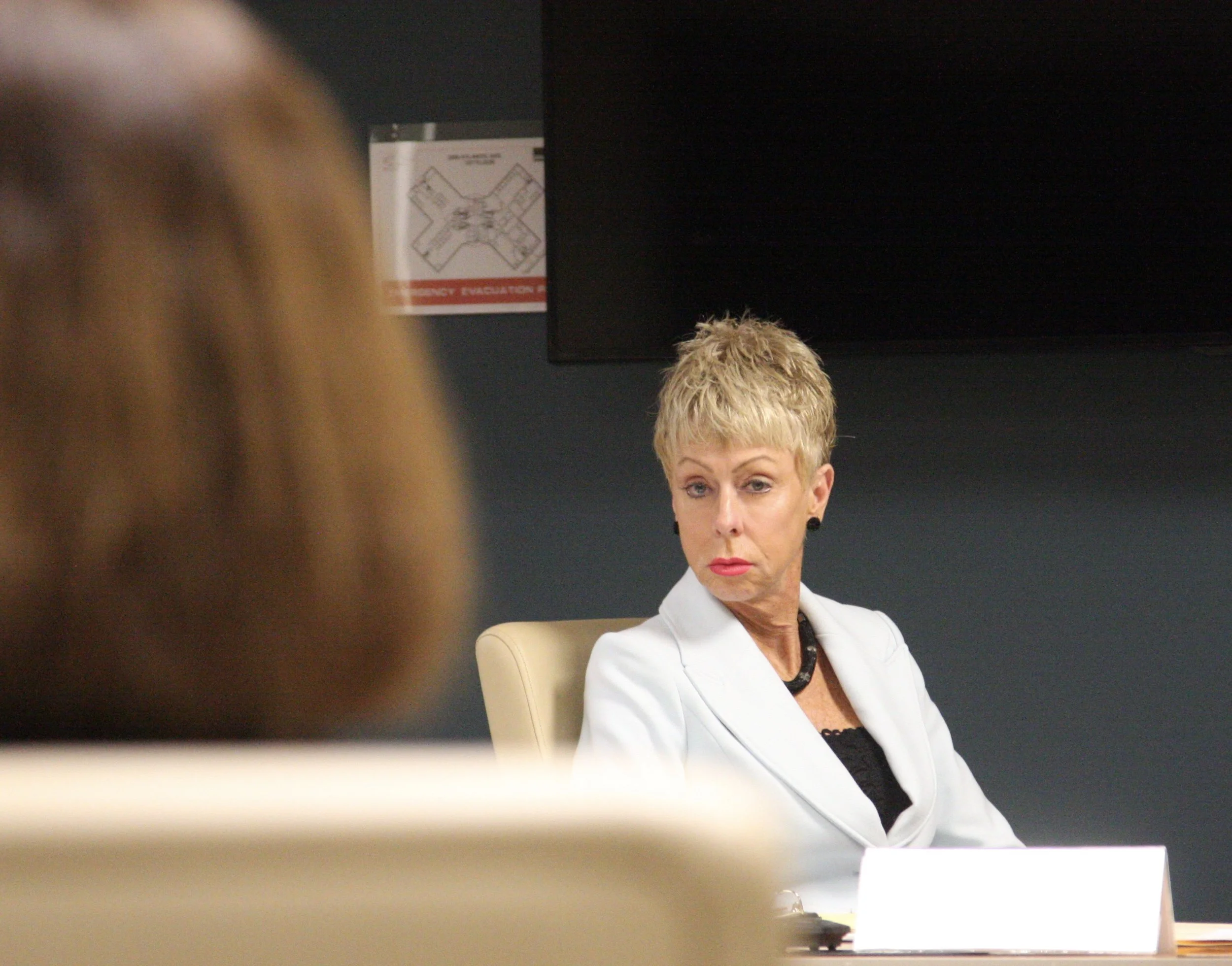OPINION: Popular ed school fads fail students who need help the most
By Mitch Kokai, Carolina Journal
The fight over Critical Race Theory grabs headlines. But there’s a more fundamental problem plaguing public schools.
It’s one the American Scholar magazine addresses in a recent feature: “Why So Many Kids Struggle to Learn.”
Consider article writer Natalie Wexler’s opening anecdote. It focuses on Eric Kalenze, who studied for a master’s degree in education in the 1990s.
Kalenze was “immersed in pedagogical theories that have prevailed at ed schools for a century,” Wexler writes.
“Learning proceeds best, he was told, when focused on skills like critical thinking and tailored to the interests of individuals. Rather than assuming the role of a ‘sage on the stage,’ depositing facts into children’s passive brains, a teacher should be a ‘guide on the side,’ enabling students to learn primarily through inquiry and hands-on activities.”
Though dubious, Kalenze put these ideas into practice as a high school English teacher.
One particular lesson about F. Scott Fitzgerald’s classic novel, “The Great Gatsby,” involved the author’s description of a green light at the end of a dock. Kalenze decided not to lecture students about Fitzgerald's use of symbolism.
“Instead, he had [students] spend two or three days looking up meanings of the word green, finding magazine ads using that color, cutting them out, and making collages,” Wexler writes.
It’s easy to spot a glaring problem with that approach.
Yet “Kalenze’s students loved him, and other teachers observed his classes because they’d heard the buzz.” Wexler explains. “But after a few years, writing assignments and class discussion showed that his apparently engaged students weren’t grasping Gatsby’s significance.”
To Kalenze’s credit, he recognized the problem. He ditched the multiday collage assignments. He started providing students historical background that placed Fitzgerald’s fiction in context.
Wexler, author of “The Knowledge Gap: The Hidden Cause of America’s Broken Education System — And How to Fix It,” uses the Kalenze story to set up a larger theme.
She points to science that shows “acquiring factual information isn’t a useless, soul-crushing experience; it’s the prerequisite for higher-order thinking.”
“Asking students who don’t know much about a topic to learn through inquiry or ‘discovery’ is inefficient at best,” Wexler argues. “Projects and hands-on activities often waste precious time. Engagement is crucial, but it’s quite possible for students to be highly engaged without learning anything important.”
One need not agree with all of Wexler’s arguments. But she identifies clear problems linked to the “guide on the side” approach. Among them: “[S]tudents tend to remember whatever their attention is focused on — which could just be cutting out ads with the color green.”
Policymakers in North Carolina have focused much attention in the past decade on boosting reading skills. They have placed particular emphasis on grade-level reading ability for third-graders.
Yet the “standard instructional approach” for students to learn how to decode words “conflicts with a mountain of scientific evidence,” Wexler warns. The same is true for teaching reading comprehension.
“Many children, perhaps most, need systematic instruction in phonics and other foundational reading skills to become fluent decoders,” Wexler writes. “And yet, teacher-prep programs either encourage candidates to develop their own philosophy of teaching reading or endorse the now-standard ‘balanced literacy’ approach, which embraces phonics in theory but retains a skepticism that has deep roots in the education world.”
Who suffers most when teachers fail to provide students with proper foundational skills? It’s no surprise.
“[S]tudents who come from highly educated and usually affluent families are more likely to thrive, since they generally have greater access to the academic knowledge or support missing at school,” Wexler writes. “Others — who are disproportionately low-income and minority — are left to flounder.”
Learning few skills they need in early grades, “they also often arrive at upper grades without the background knowledge suddenly assumed by the curriculum,” Wexler adds. “The problem is not that they can’t learn; it’s that no one has deemed it important to give them access to the knowledge for which they’re now being held accountable.”
Despite the bad news, Wexler identifies bright spots. One has a tie to North Carolina.
Former middle school teacher Hilary Dack, now a professor at the University of North Carolina at Charlotte, takes part in a national Learning by Scientific Design network. The group helps her fight standard ed school practices that fail students.
“The scientific evidence, and in-class activities she devised that brought the principles home, also helped students understand what Dack calls ‘the equity lens’ — the recognition that certain standard pedagogical approaches will inevitably leave some students behind.”
Challenging decades-old teaching techniques is unlikely to generate as much attention as battling Critical Race Theory. But the issue deserves much more scrutiny in the years ahead.



